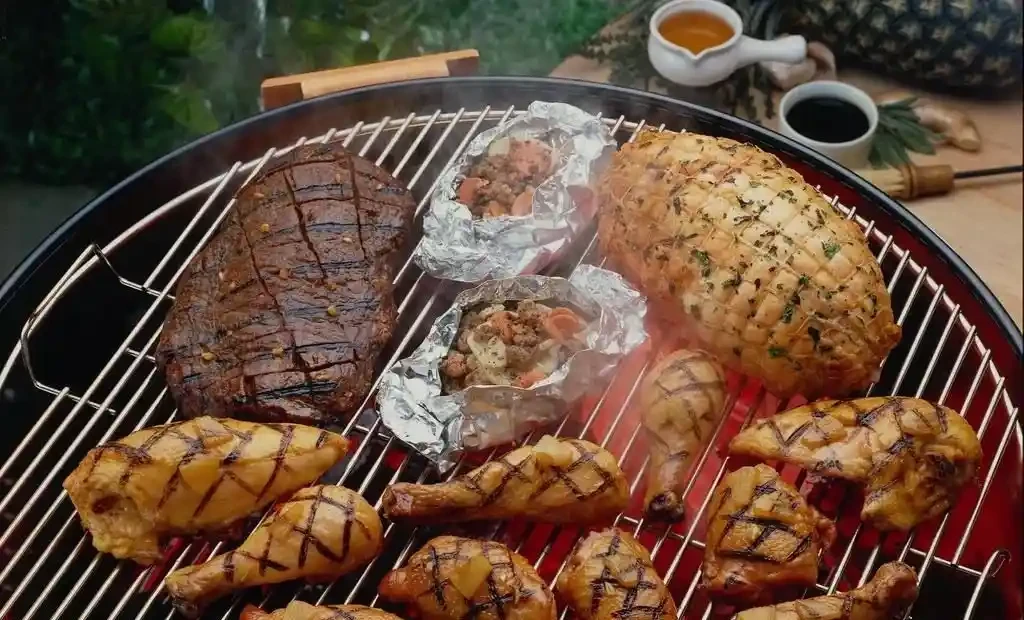Nov . 16, 2024 09:27 Back to list
pasture fence types
Understanding Pasture Fence Types A Comprehensive Guide
Fencing is an integral part of effective pasture management for livestock. The right type of fence not only enhances the safety and security of animals but also contributes to the overall productivity and well-being of the farm. With a variety of fence types available, it is crucial to understand their characteristics, advantages, and disadvantages to make an informed choice. In this article, we will explore the most common pasture fence types and their applications.
1. Barbed Wire Fences
Barbed wire fences are one of the most traditional forms of fencing for pasture management. Comprising strands of wire with sharp barbs, these fences effectively contain larger livestock such as cattle and horses. The primary advantage of barbed wire is its low cost and durability. However, the sharp barbs can pose a risk of injury to animals, making it less suitable for more delicate species such as sheep or goats.
2. Electric Fences
Electric fences have gained popularity in recent years due to their effectiveness and versatility. Using a series of electrified wires, these fences deliver a mild shock when animals attempt to breach them. This shock serves as a deterrent, teaching livestock to respect the boundary. Electric fences can be temporary or permanent, offering flexibility depending on the needs of the pasture. While they are particularly effective for containing a wide range of animals, including pigs and goats, it is essential to maintain proper maintenance to ensure they remain functional.
3
. Wooden FencesWooden fences, whether made from treated timber or logs, offer a classic aesthetic and durability. These fences are sturdy and can effectively contain a variety of livestock. Moreover, wooden fences can be customizable in height and design, making them suitable for different pasture layouts. However, wooden fences require regular maintenance, such as painting or treating to prevent rot, and can be expensive compared to other fencing options.
pasture fence types

4. High-Tensile Wire Fences
High-tensile wire fences are another excellent choice for pasture management. Made from strong, flexible wire, these fences can maintain tension over long distances, making them ideal for large pastures. They are highly effective in containing larger livestock and can withstand environmental wear and tear. However, installation can be labor-intensive, and they may require specific tools and skills. While initially seeming costly, their longevity can make them economical over time.
5. PVC Fences
PVC or vinyl fences have emerged as a preferred choice for many modern farms. These fences are aesthetically pleasing, require minimal maintenance, and are resistant to weathering. Because they do not splinter or rust, PVC fences are particularly safe for animals. However, they are typically more expensive than traditional materials, which might deter some farmers. Still, their long lifespan can justify the initial investment.
6. Polywire and Polytape Fences
These temporary fencing options are made from lightweight materials that are easy to install and dismantle. Polywire is effective for short-term grazing rotations, allowing farmers to manage pasture health and optimize feed resources. Polytape, with its wider surface area, is visible and can deter animals effectively. Both options are cost-effective, but they may not withstand harsh weather conditions over long periods.
Conclusion
Selecting the right pasture fence type is crucial for effective livestock management and pasture maintenance. Each type of fence has its own unique advantages and challenges, and the best choice will often depend on specific farm conditions, the type of livestock, and budget considerations. Whether opting for traditional barbed wire, modern electric fences, or aesthetic PVC options, understanding the characteristics of these fencing types can help farmers create secure and efficient grazing environments for their animals. Ultimately, investing in the right fencing can lead to improved animal health, reduced stress, and enhanced pasture productivity, making it a vital aspect of successful farming practices.
-
Reinforcing Mesh: Core Material of the Construction Industry
NewsJul.07,2025
-
Welded Wire Fabric Reinvented for Modern Projects
NewsJul.04,2025
-
Superiority of Stainless Steel Woven Mesh
NewsJul.04,2025
-
Key Types of Razor Wire and Their Applications
NewsJul.04,2025
-
Durable Metal Fence Types for Security
NewsJul.04,2025
-
Best Materials for Livestock Fence
NewsJul.04,2025
products.







